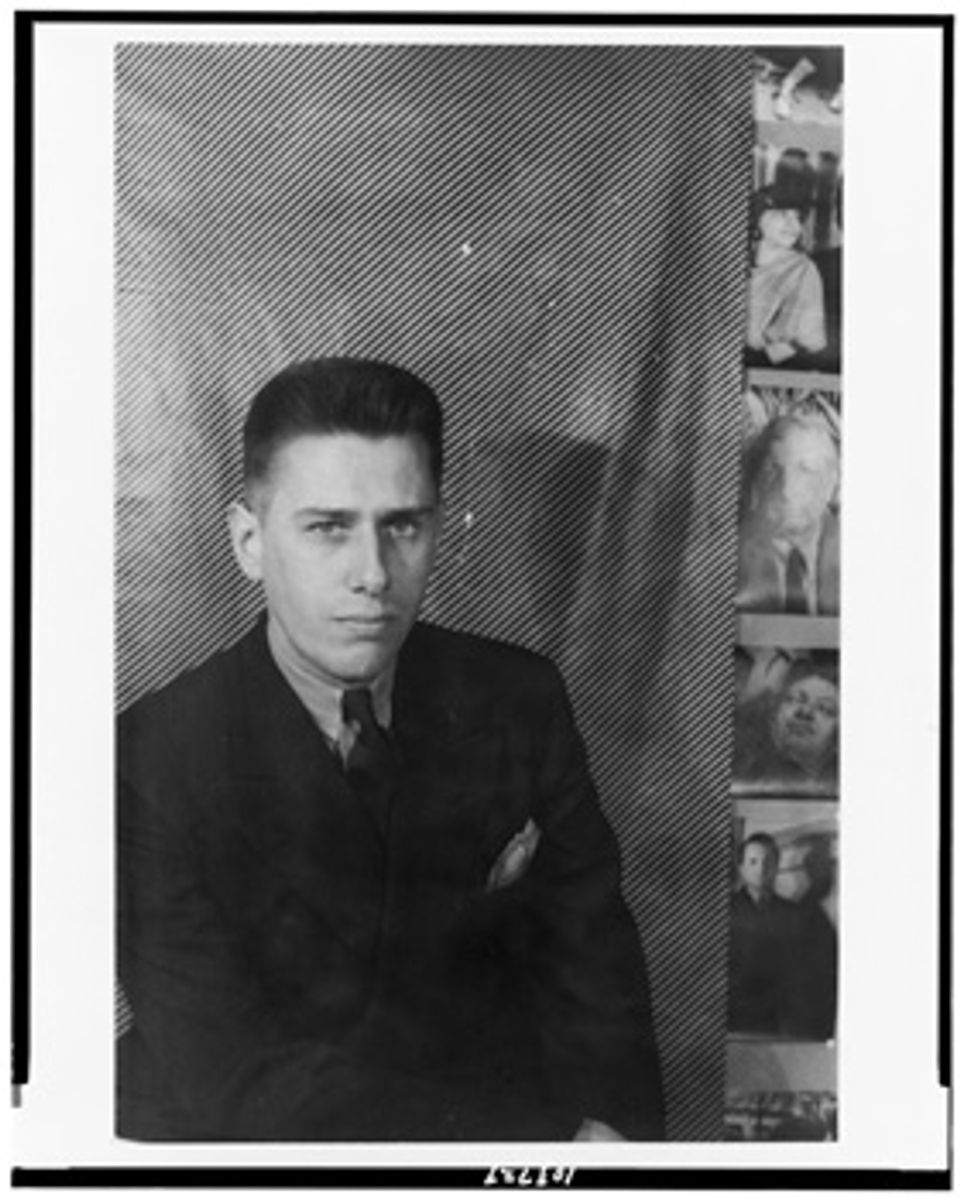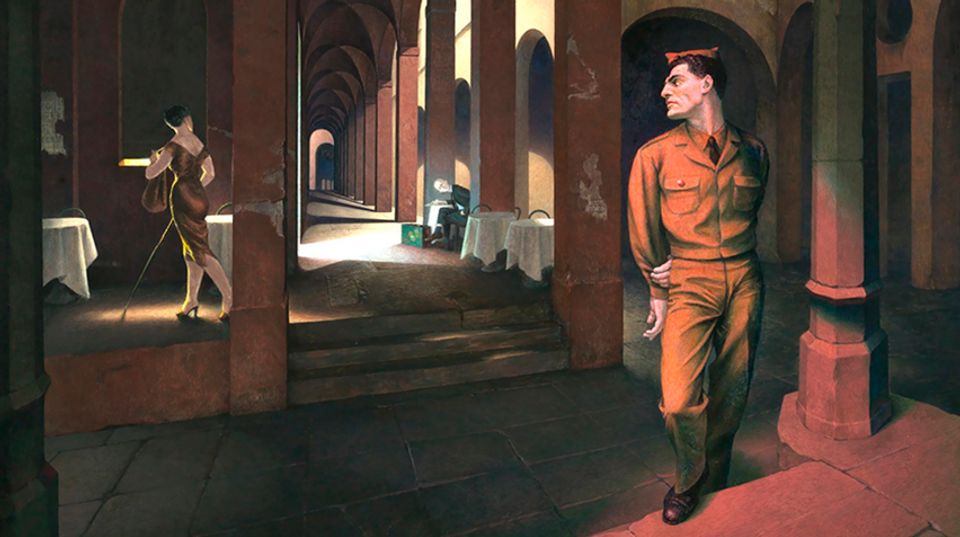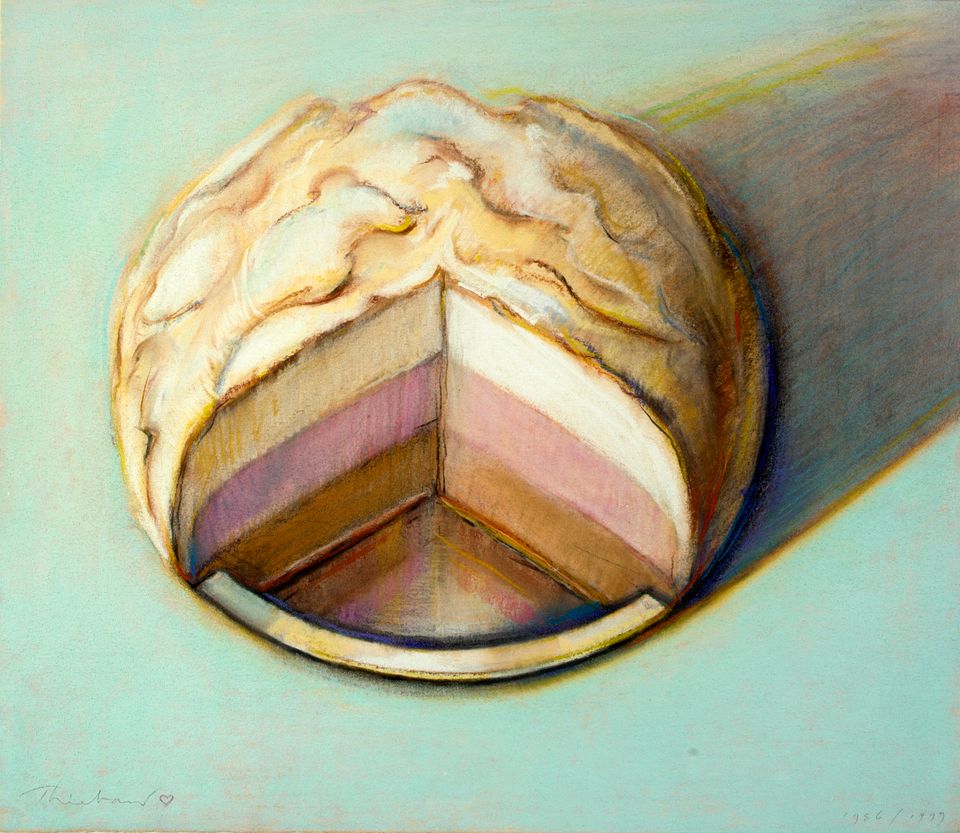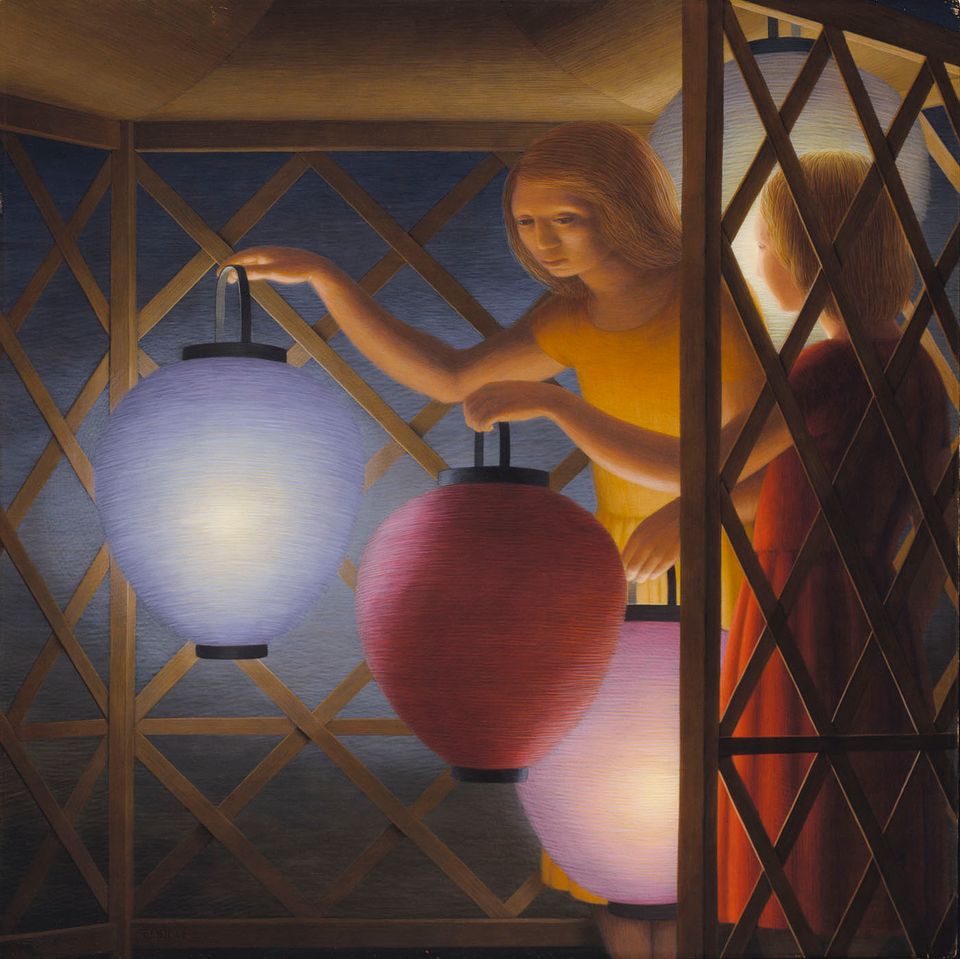Paul Cadmus

- Died
- Weston, Connecticut, United States
- Active in
- Weston, Connecticut, United States
- Biography
Cadmus entered the school of the National Academy of Design at fifteen with the encouragement of his parents, both of whom were artists. In 1928 he began working as an illustrator for a New York advertising agency and took life-drawing classes at the Art Students League. In 1931 and 1932 Cadmus and his studio-mate Jared French lived in a Mallorcan fishing village. On their return Cadmus was employed on the first of the New Deal art programs, and later painted several post office murals under government sponsorship. In conjunction with his first one-man exhibition in 1937, Cadmus published a credo (actually written by French) in which he declared himself a satirical propagandist for the correction of moral evils who used people's "subversive, selfish and deadening expressions" to convey humanity's "destructive malignity." His subjects are often drawn from the seamy side of life—his controversial The Fleet's In of 1934 showed sailors carousing with women of questionable morals—although in the late 1940s he added lyrical and self-reflective themes to his repertoire. Cadmus is a prolific draughtsman, but because he has worked since the late 1930s primarily in the time-consuming technique of egg tempera, his output as a painter has been relatively small.
Virginia M. Mecklenburg Modern American Realism: The Sara Roby Foundation Collection (Washington, D.C.: Smithsonian Institution Press for the National Museum of American Art, 1987)
- Luce Artist Biography
Paul Cadmus used the classical technique of egg tempera to create satirical images of American life. He left school at fifteen to attend the National Academy of Design, then worked as a commercial illustrator while taking classes at the Art Students League. He met the painter Jared French and together they traveled to Europe, cycling around France and Spain and settling on the island of Mallorca. In 1933, they ran out of money and returned to the States, where Cadmus was one of the first artists to be employed by the Public Works of Art Project. His work was criticized, however, because rather than celebrate working America like many artists of the 1930s, he emphasized the sordid behavior of the “common man.” One painting of carousing sailors offended the assistant secretary of the Navy, who demanded its removal from an exhibition. This image made the young artist famous, and he later said that he owed the start of his career “to the Admiral who tried to suppress it.” Cadmus compared the delicate brushstrokes of egg tempera to “heartbeats, each equally important yet almost invisible or unnoticeable.” (Kirstein, Paul Cadmus, 1992)
Exhibitions
Related Posts



















